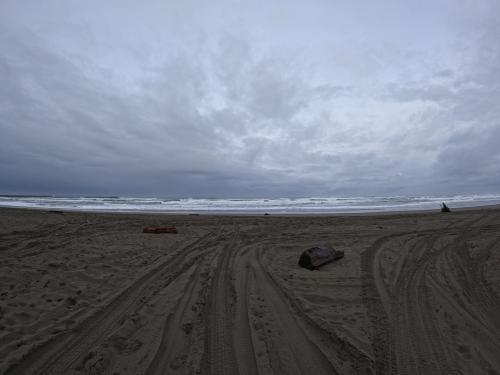Abstract
This paper gives an overview of the types of models available for analysing possible futures of the global economy. It then focuses on dynamic intertemporal general equilibrium models and describes how these models are used for both projections and scenario analysis. Some lessons from recent history both theoretical and practical are used to demonstrate the usefulness of the models.



